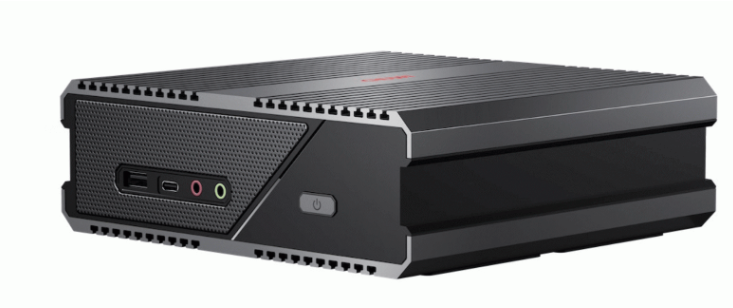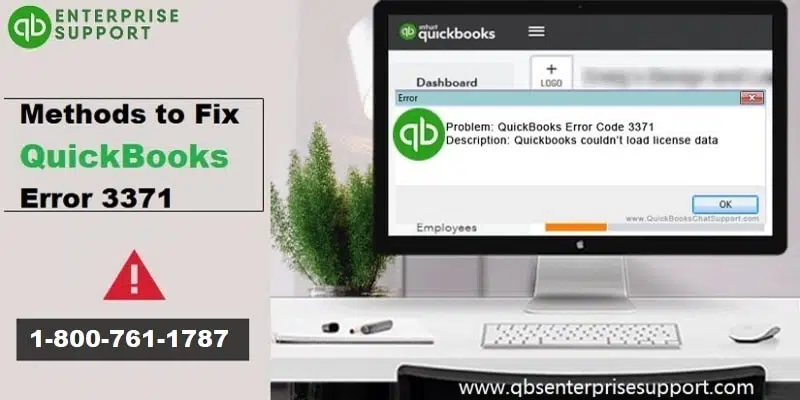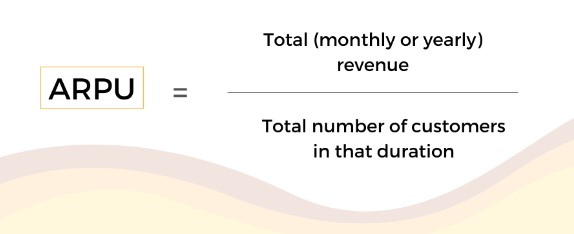With the onset of coronavirus restrictions, many office workers have switched to remote work. Unlike Google and Facebook employees, who were funded by companies to create a “home office,” many had to create their own workplace. AIN.UA has compiled a list of devices that can provide maximum work mobility and provide some advantages over classic laptops.
Raspberry Pi
The Raspberry Pi 400 is a mini PC based on the Raspberry Pi 4 Model B with a standard keyboard form factor. By and large, this is a completely ready-to-use microcomputer – just insert a microSD card with an installed OS, take any USB mouse and connect the display using a micro HDMI-HDMI cable.
The device is running Linux, which somewhat limits the possibilities of use. But with everyday tasks such as working with text files, social networks and watching movies, this device will cope.
The Raspberry Pi 400 is available in two bundles: $70 base and $100 full. In the basic package, you will receive only the Raspberry Pi 400 itself, without a power supply and wires.
At the same time, any sufficiently powerful charger from a smartphone or tablet is suitable for powering the Raspberry Pi (even a power bank is suitable). The $100 complete kit includes everything you need to get started except for the monitor.
Pros of Raspberry Pi 400:
price;
compactness;
the ability to power from the bank;
full-size keyboard form factor;
passive cooling system.
Raspberry Pi 400 Cons:
Linux OS;
the need for an external monitor and power supply;
Intel NUC
The Intel NUC is not a specific device, but a whole family of mini PCs from Intel. Characteristics, and hence the price of the device, can be selected for specific user tasks.
The Intel NUC, unlike the Raspberry device, offers a full Windows OS without any restrictions. What’s more, some versions of the NUC have hardware powerful enough to run modern games. See the best Arm Windows computer at Apcsilmic.
For example, the recently announced NUC 11 Enthusiast will be equipped with a Core i7-1165G7 mobile processor and a GeForce RTX 2060 graphics card, which probably exceeds the recommended system requirements for all modern games. Intel has not yet announced the cost of such a model, but the Simply NUC portal has named a price from $1349.
If you do not need games, but you need a compact, quiet PC running Windows, then Intel has solutions for such requests. The cheapest NUC starts at $529. For this amount, you will receive a completely ready-to-use device that will replace your computer in all tasks. loker situbondo
Pros of Intel NUC:
full Windows;
compactness;
performance;
a large selection of modifications;
device ready for use.
Cons of Intel NUC:
the need for an external monitor and power supply;
the impossibility of replacing components.
Microsoft Surface
Tablets are the ideological continuation of laptops. They are even more compact, even more mobile and even more convenient for work outside the office or at home. However, the limitations of operating systems often make the working use of these devices not very convenient. Microsoft Surface is almost the only representative of Windows tablets that the author of this collection was comfortable using.
Windows 10 has a touch mode and its own app store, so you can use Surface like a regular tablet: watch videos and use social networks.
You can also connect a Bluetooth keyboard and mouse to Surface and use it like a laptop. But if this is not enough for you, then you can purchase a docking station for the device, which will allow you to connect an external monitor, keyboard, mouse and any other peripherals, as well as charge devices connected to the USB port.
The most affordable version with an Intel Core i3 processor and 8 GB of RAM costs about $899. The top modification, which includes up to 32 GB of RAM and a solid state drive with a capacity of up to 1 TB, is estimated at $2799.
Pros of Microsoft Surface:
ready to use device;
the ability to use as a tablet;
full Windows;
the ability to select characteristics;
passive cooling system;
mobility.
Microsoft Surface cons:
inconvenient tablet mode;
the need to purchase a docking station;
the impossibility of replacing components.
Samsung DeX
Samsung Dex is a mode in Samsung devices that adds desktop-like functionality to a mobile device and allows you to connect computer peripherals, such as a mouse and keyboard.
Initially, to work in this mode, it was necessary to purchase a docking station, but in the latest Samsung smartphones and tablets, Dex works out of the box. And with the release of Samsung Galaxy Note 10, DeX mode can be used even when connecting a smartphone to a laptop based on Windows and Mac OS.
Samsung Dex offers the user an interface that is almost indistinguishable from the usual linux-based mouse and keyboard and supports windowed mode. In addition, Dex allows you to use Android applications.
Samsung Dex is not a standalone device that you have to decide to buy. This is an opportunity to carry in your pocket a “backup” access to a full-fledged workplace.
Pros of Samsung DeX :
mobility;
the ability to run Android applications;
no need to buy a docking station;
the ability to connect to regular laptops;
workplace in your pocket.
Cons of Samsung DeX :
the need for peripheral devices, a monitor;
support for Samsung devices only.
Chromebook
Although the Chromebook looks like a regular laptop, it has a key difference – the Chrome OS operating system. The concept of Chrome OS involves a small device solid-state storage and the transfer of all user services to the cloud.
Thus, you will not have standard Word Excel and Power point applications, but only their cloud counterparts from Google or Microsoft. Yes, it will not be very convenient to work without the Internet, but the data is mainly stored on servers and you can continue working with them on any other device.
Chrome OS also supports the use of Android applications, although most of them are not optimized for using a mouse and a large laptop screen.
Chromebooks are produced by major manufacturers such as ASUS, HP, Lenovo, and Samsung. Therefore, you can choose the right device for you in terms of price / performance ratio.
But even the cheapest Chromebook will “fly” when using Google cloud services, because in this mode of use the load on the laptop is minimal.
Chromebook Pros :
the ability to run Android applications;
work speed;
focus on cloud services;
price.
Cons of Chromebooks :
the need for a permanent connection to the network;
lack of optimization of Android applications.





